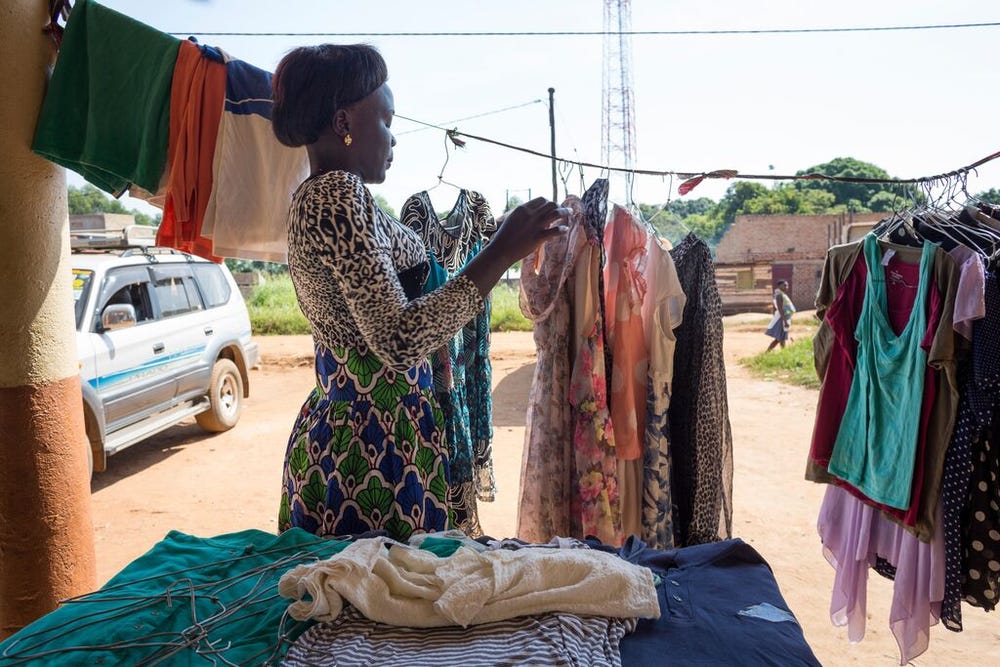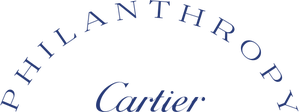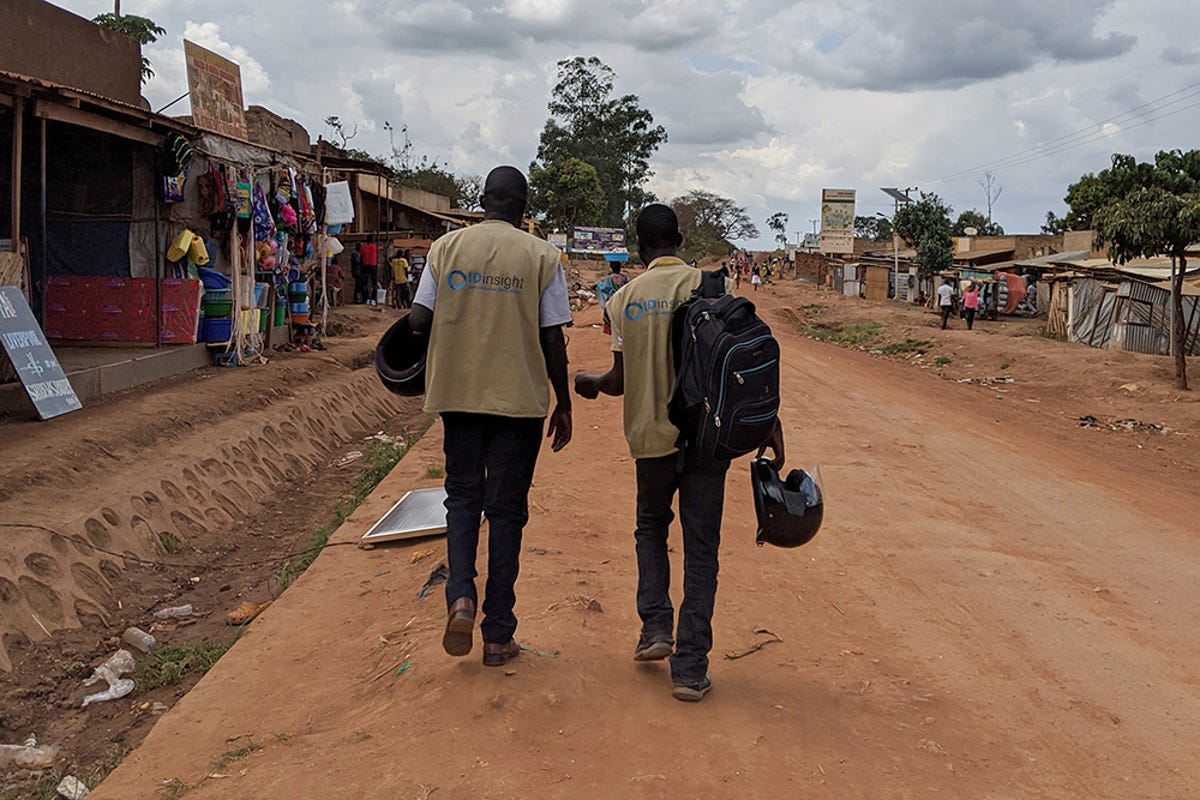Lessons learned over a decade of grant-making
Philanthropy is all about collective action towards shared goals. This is why we want to share what we have learned during the last ten years, successes and bumps included.
© Cartier Philanthropy / Cyril le Tourneur
From promise to progress, Cartier Philanthropy is celebrating a decade of effective philanthropy focused on empowering communities through collective impact. This milestone encourages us to look back on the lessons we’ve learned along the way.
Philanthropy is all about collective action towards shared goals. We hope these insights help our fellow funders to learn from our journey, successes and bumps included.
Here are our top five lessons.
1. FUND IMPACT.
As funders, we must be accountable to the people we are trying to serve. There’s too much to do in the world today – and too much urgency to support people living in poverty – for us to waste any money, time or energy on development programmes that don’t work.
Our number one responsibility is to make sure that every dollar we spend helps to bring positive change in the lives of the people Cartier Philanthropy was founded to serve. So, if you’re serious about solving a problem, you need to build evidence that your solution works and that it can really lead to the results you expect to see.
When we explain how we view impact, we often refer to our partner mothers2mothers and how they reduced the transmission of HIV-AIDS from a pregnant woman to her baby from 40% without their intervention to less than 1%.
When we decided to support this incredible organisation, we weren’t convinced by the number of workshops they’d held, or the number of women trained, or the people reached, or any other activities planned to eventually achieve their goal. We were hooked by that 1%. We were captured by the data, both quantitative and qualitative, that clearly showed the concrete impact their interventions were having on HIV-positive women’s lives: how these women were leading healthy lives once on treatment, how their HIV-negative babies could grow healthy and strong, and how the transmission of the virus could be virtually eliminated
.jpg?&width=1000&quality=80&auto=webp)
© mothers2mothers/Karin Schermbrucker
2. THINK LONG-TERM AND UNRESTRICTED FUNDING.
We work on complex, multi-faceted issues and as such, we don’t expect to solve them overnight. We’re in it for the long term.
We understand the temptation to fund a two- or three-year project, complete all the planned activities, feel a glow of satisfaction, and then go find another project to fund. However, we learned the hard way that this isn’t where truly tangible progress on vulnerable communities can be made. In our early years, for instance, we funded a project in South America that was designed to improve the livelihoods of vulnerable women. At the end of the funding period, our partner shared a report explaining they had successfully completed all the planned activities and the project was now over. The project was, indeed, technically a ‘success’ and the team that had been responsible for it was ready to move to something else. However, the women that the project has been serving for three years weren’t measurably better off. The overall impact was minimal, if there was impact at all.
A focus on individual projects often leads to a tick-box approach. All activities are delivered, therefore we’re good, let’s move on to the next thing.
If, instead, you’re ready to focus on impact and long-term funding, you can help non-profits to build a positive track record of impact, backed up by evaluations. You can then work to deepen their impact, expand their geographical scope of operations, and possibly get on a path to scale. At Cartier Philanthropy, we now support organisations’ strategy with unrestricted funding in order to deliver impact for the largest number of people over the long term.
.jpg?&width=1000&quality=80&auto=webp)
© Cartier Philanthropy /Cyril le Tourneur
3. INNOVATION IS GREAT, BUT SCALING PROVEN SOLUTIONS IS EVEN BETTER.
We don’t need another million innovations, we just need one that works, scaled a million times. The problems we face and that we’re trying to solve are so huge and time-sensitive that if the whole philanthropic community is seduced by the excitement of innovation and focuses solely on that, we’ll never be able to take the solutions that already work to scale.
And in most cases, this is what is needed to eliminate the problem: to simply take proven solution to the next level. Of course, all solutions start with innovation, and the need for innovation will never disappear.
However, once an innovative solution is proven to work, someone needs to come in and fund the scaling process. This is where we see our role – we complement other foundations who are better equipped to fund innovation, and take what they have discovered as a real solution from potential to impact. We come in at this very moment with large grants and offer the support needed to scale up.
A great example here is Healthy Learners, an organisation working in Zambia to provide health services in schools. Healthy Learners trains teachers to recognise symptoms of common diseases in students and provide them with rapid treatment or refer them to health centres. They were able to demonstrate that school health workers have a significant impact on students’ health by evaluating the reduced morbidity and improved attendance rate since their work began.
We’ve been supporting them since 2019 and our unrestricted funding is contributing to their expansion and their collaboration with the Ministry of Education, which is using their model to provide healthcare in schools across new districts. This is the ideal progression for us. Healthy Learners proved their solution worked, systemised it so the government could implement it, and is on the way to scale it at country level.
.jpg?&width=1000&quality=80&auto=webp)
© Healthy Learners
4. FIND THE RIGHT BALANCE IN THE POWER DYNAMIC.
We work hard to be the best partner we can, but we know we will always hold the power in our relationships – we have what grantees need most, which is money. However, sometimes we’re reminded of how much power we hold. For example, years ago we worked with an organisation in Mauritania which was implementing an effective solution to limit the spread of an invasive weed by transforming it into a valuable alternative to wood charcoal. We were curious to see if their solution could be adapted to nearby Senegal, a country that was facing similar environmental issues. Shortly after our first conversations, the organisation suggested they could start working in northern Senegal, a move that we agreed to fund. Later, we found that they had completely closed their operations in Mauritania to set up shop in Senegal. This brought home how powerful our position is, how we must understand the bigger picture and be extremely careful about how we interact with potential grantees.
Since then, we have learned to listen more, and we fully respect the expertise and local knowledge that non-profits have. We’ve also adapted our internal processes to avoid putting our partners through unnecessary paperwork, instead trusting them to deliver the impact we all want to see.
What is very clear now is the balance we need to strike. Non-profits need us to fund their work, but we need them and their results so we can demonstrate that we’re delivering on our mission.

© Cartier Philanthropy / Andrea Borgarello
5. COMMIT TO RESULTS AND HOLD YOURSELF ACCOUNTABLE.
We operate in a sector where we can define our own path and fund pretty much what we want, how we want it. So, one of the ways we hold ourselves accountable is by transparently and publicly talking about our work in our annual reports and on our website. Many funders at our level choose not to. They don’t need to justify themselves or their decisions – particularly private funders. However, it’s important to us to disclose who we’re funding, and to what purpose. Even if sometimes it means we need to admit failure.
We worked with a team from Tufts University to evaluate a project we supported in Haiti which was ultimately unsuccessful. They asked us to publish the results so other funders and the NGO community could learn from the mistakes that were made. We agreed, of course, because we saw the importance of sharing the results of the evaluation and learn from them.
There is still so much we need to learn from others’ positive and negative experiences – from the potential of new interventions, from studies debunking myths, comparing the value of approaches, or proving the long-term impact of solutions.
We have a responsibility to our Board, of course, but our ultimate responsibility is to the people we serve. We need to keep getting better at what we do in order to serve those people better, and we count on the philanthropy community to challenge us to continue to walk the talk.
Over the next ten years, our ambition is to accompany our partners and new ones to take their solutions to the broadest scale possible. We look forward to the lessons we will learn along the way!


.jpg?&width=1200&quality=80&auto=webp)
.jpg?&width=1200&quality=80&auto=webp)
.jpg?&width=1200&quality=80&auto=webp)